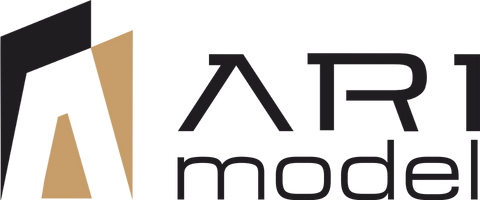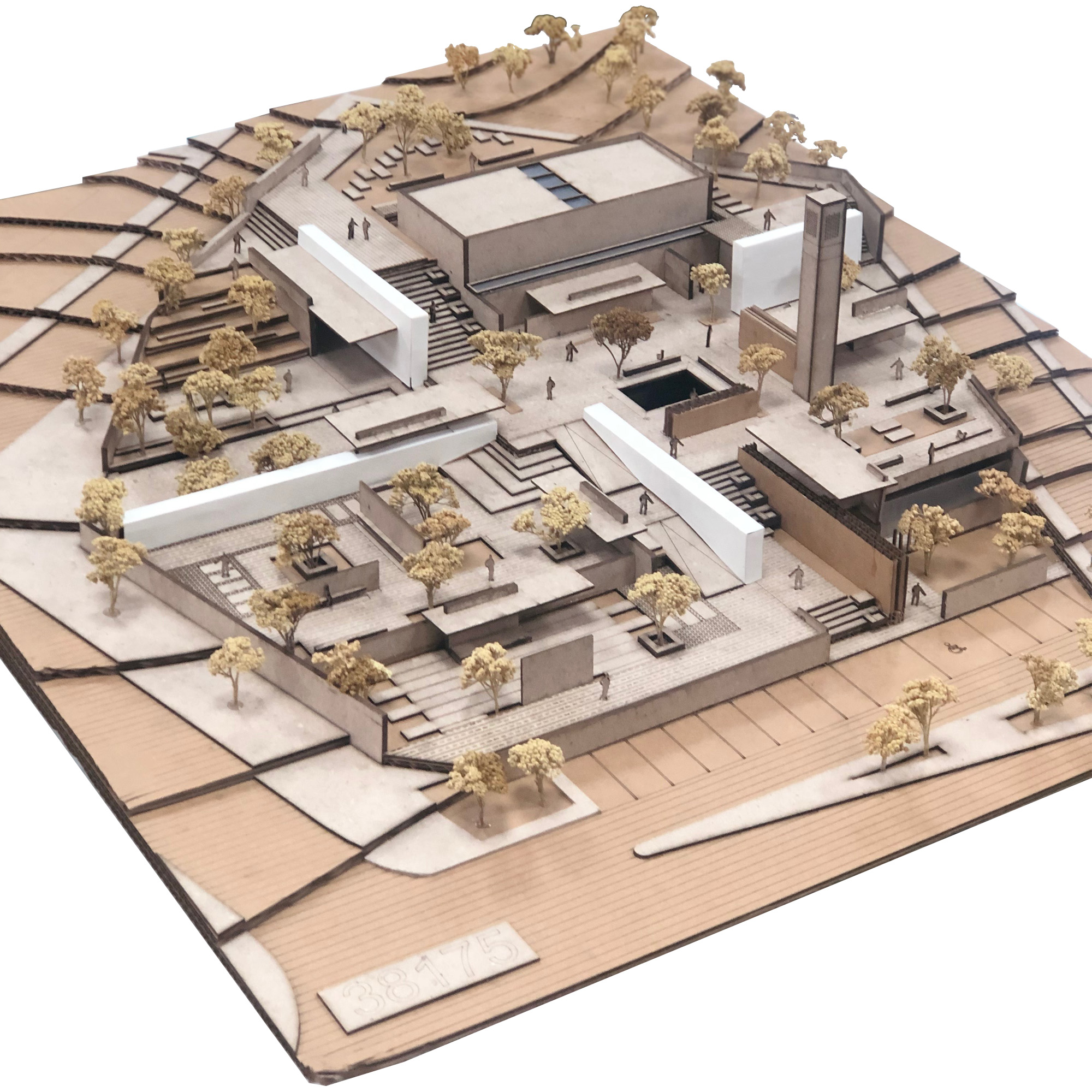With the advancements in model-making technology, we are witnessing an increasing use of software and 3D printing in the field of model making today. As models with multiple dimensions, 3D models offer viewers a more comprehensive and understandable view of the object or project.
Compared to traditional models, 3D models are sharper and more precise. Companies are increasingly seeking out 3D models as they aim to present their projects and products in a more realistic and vivid manner.
But what makes 3D models so special?
What's particularly noteworthy is that 3D models can be shared during the design process. This allows the client to follow the model's development in parallel. They can modify the model, adjust the perspective, or select a different texture based on their needs.
3D software facilitates modeling, saving time and costs for manufacturers and clients alike. Using software, models can be adjusted according to requirements and specifications.
Furthermore, model makers benefit from extensive 3D libraries. There are thousands of pre-made objects, accessories, decorations, and textures available. However, it's still important to consider the need for manual fine-tuning even if the model is entirely produced using 3D printers.
Education
Learning 3D software modeling is possible through online resources. Nowadays, it's also feasible to pursue specific education in model making at a university and obtain a degree in this field.





